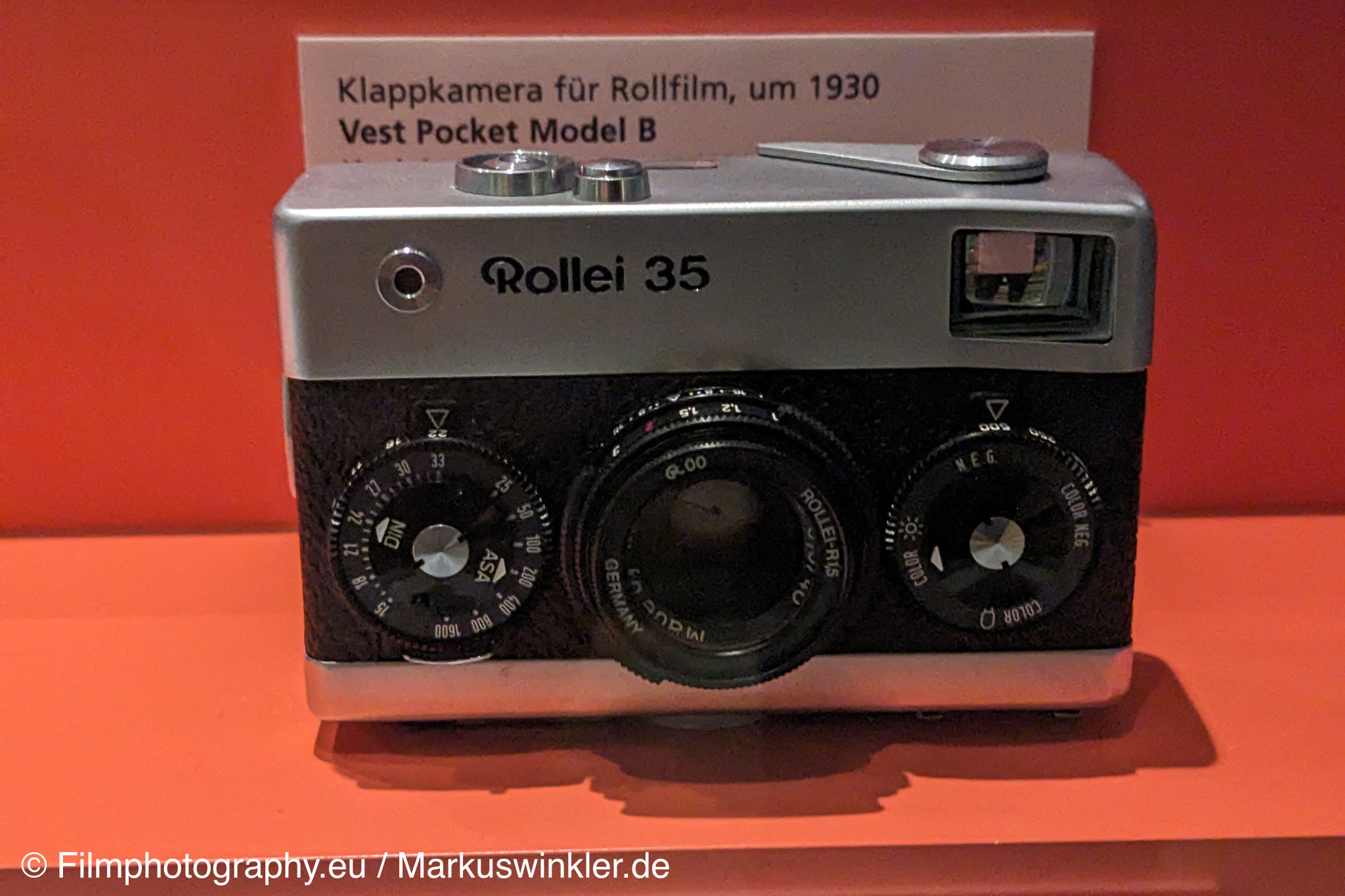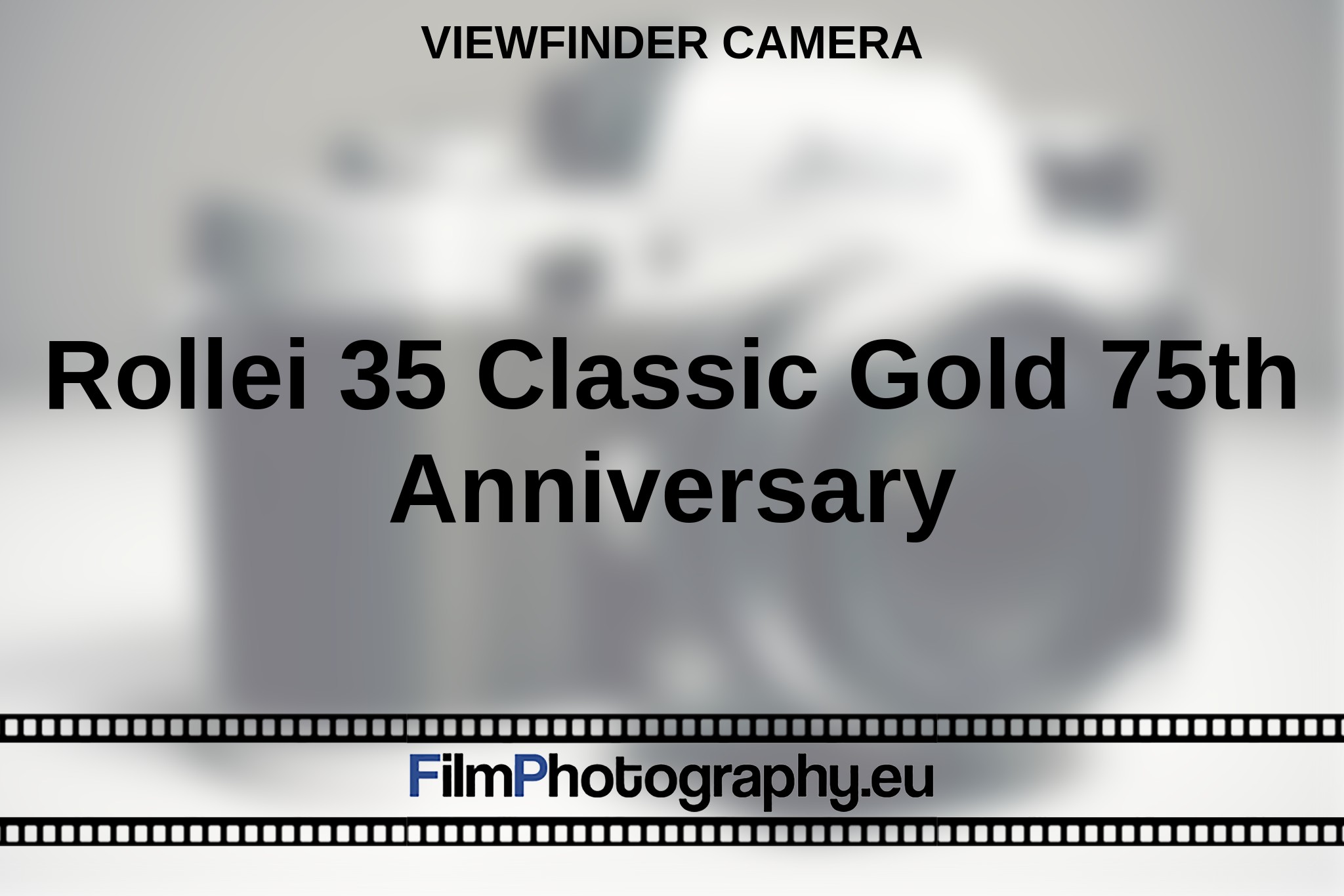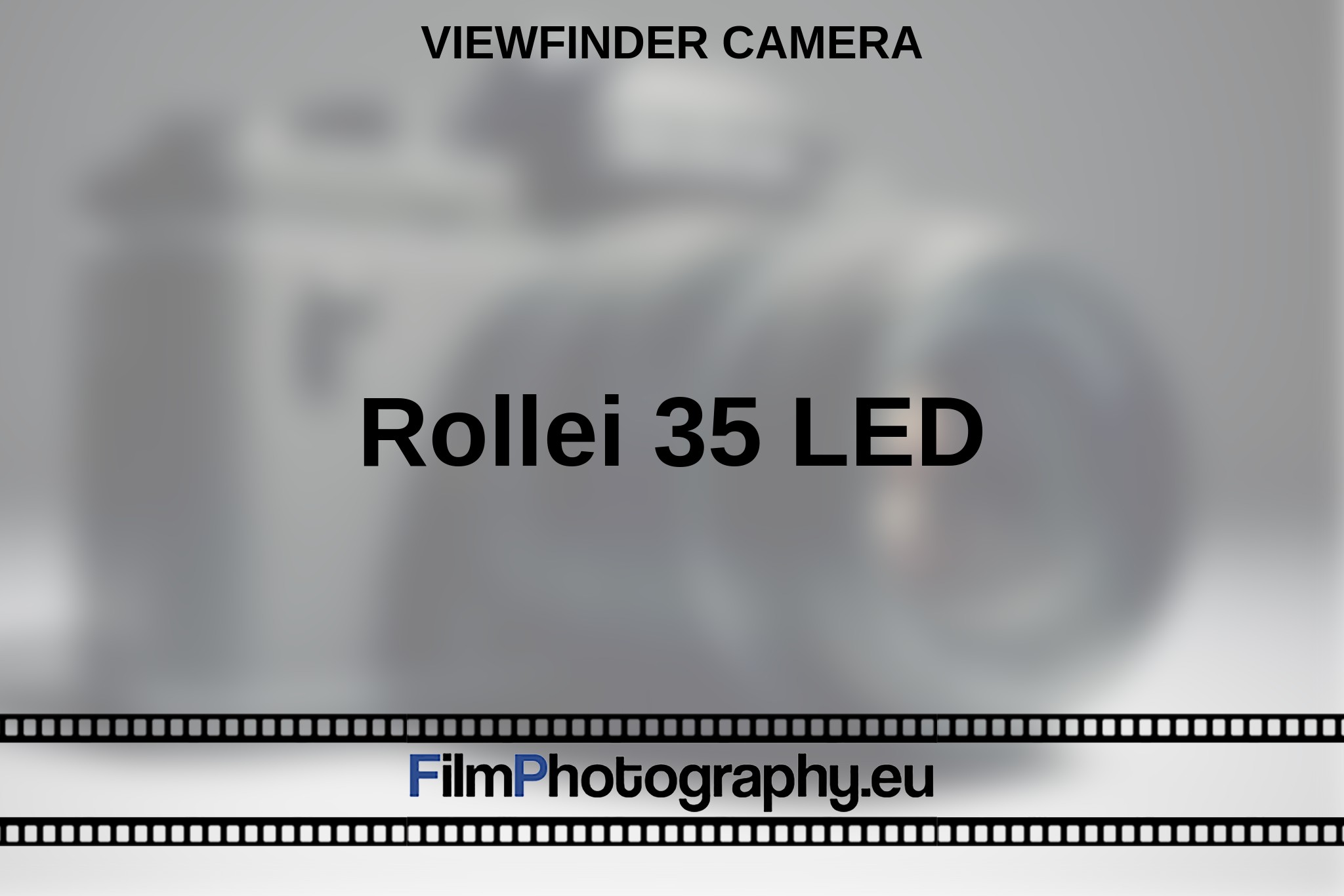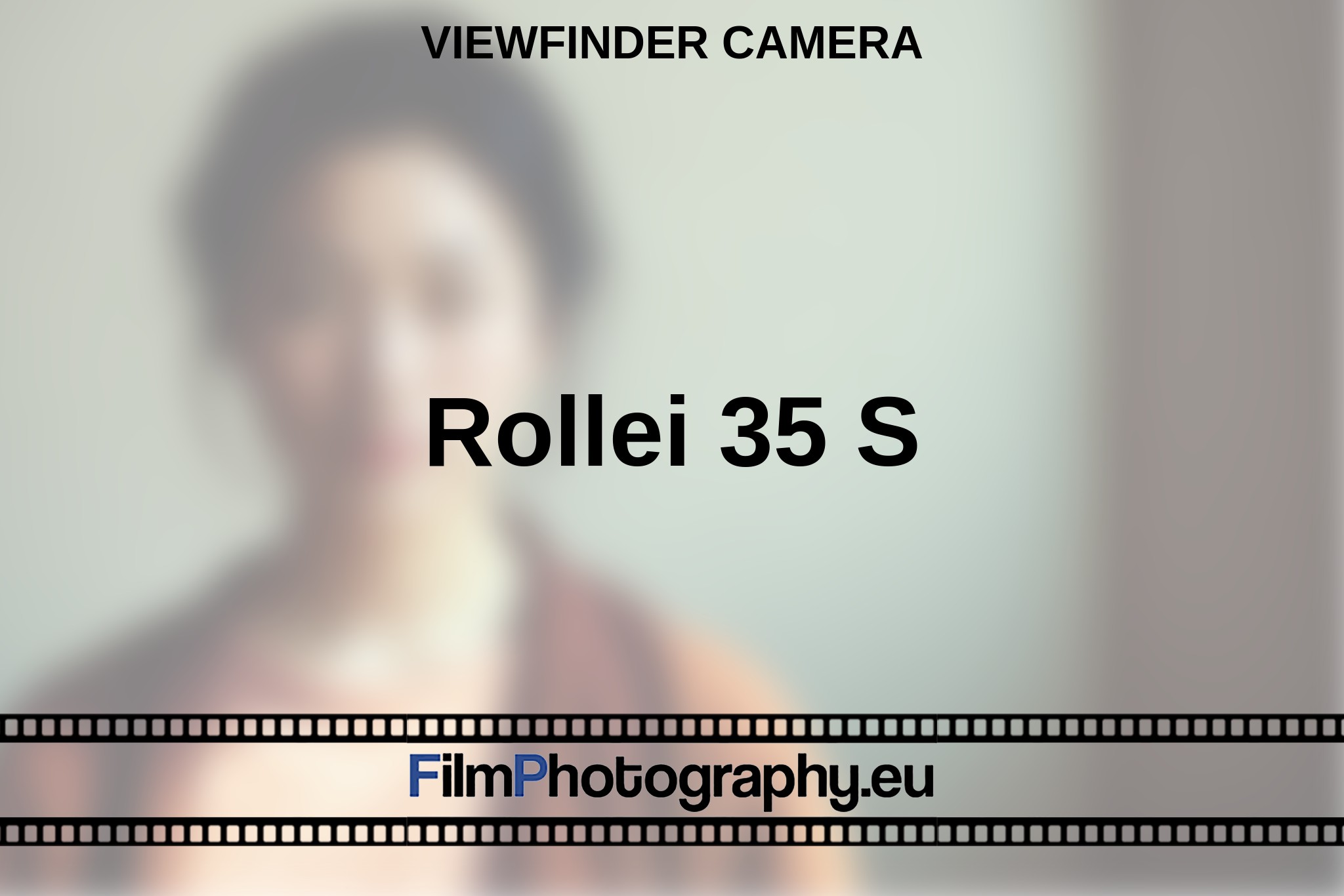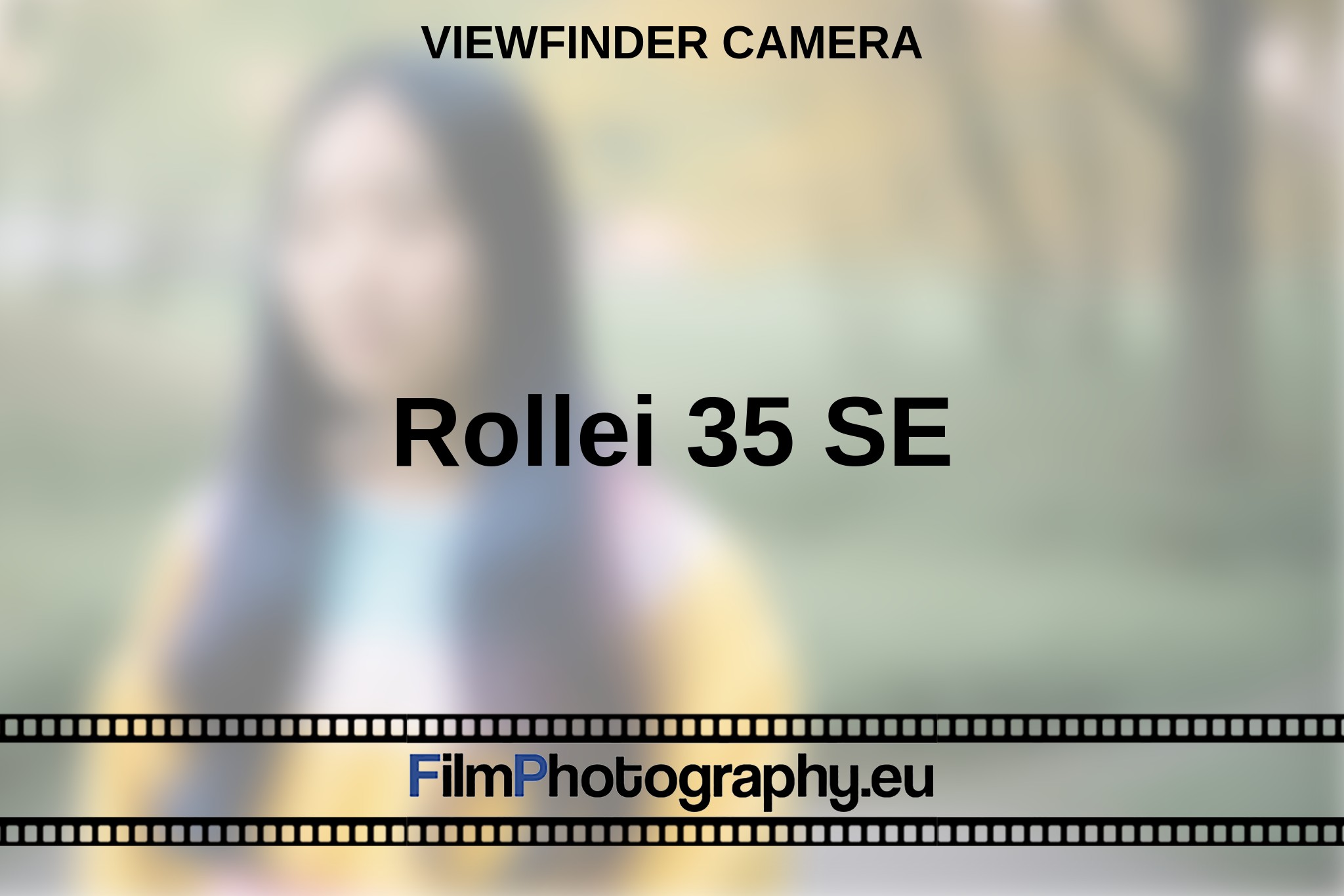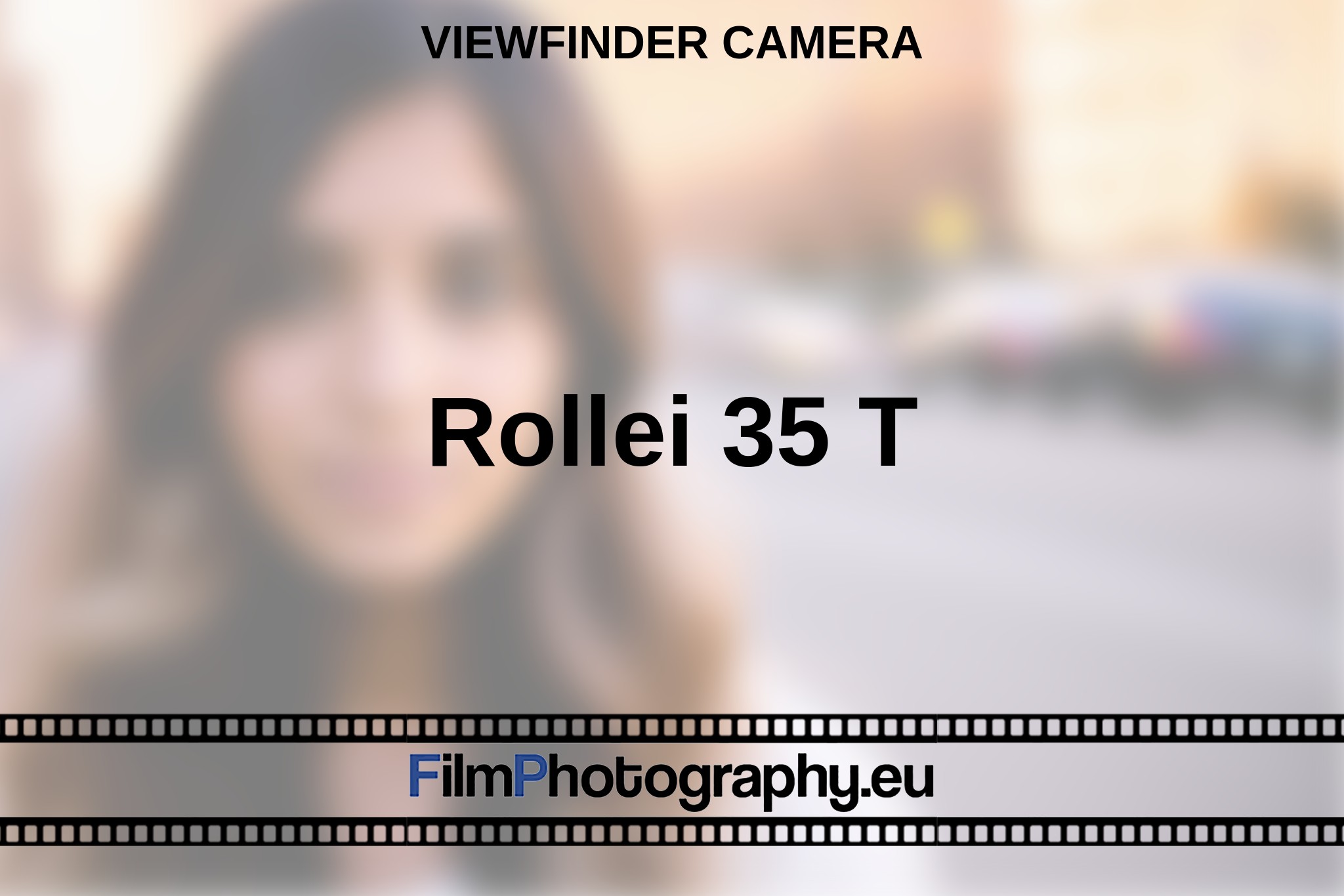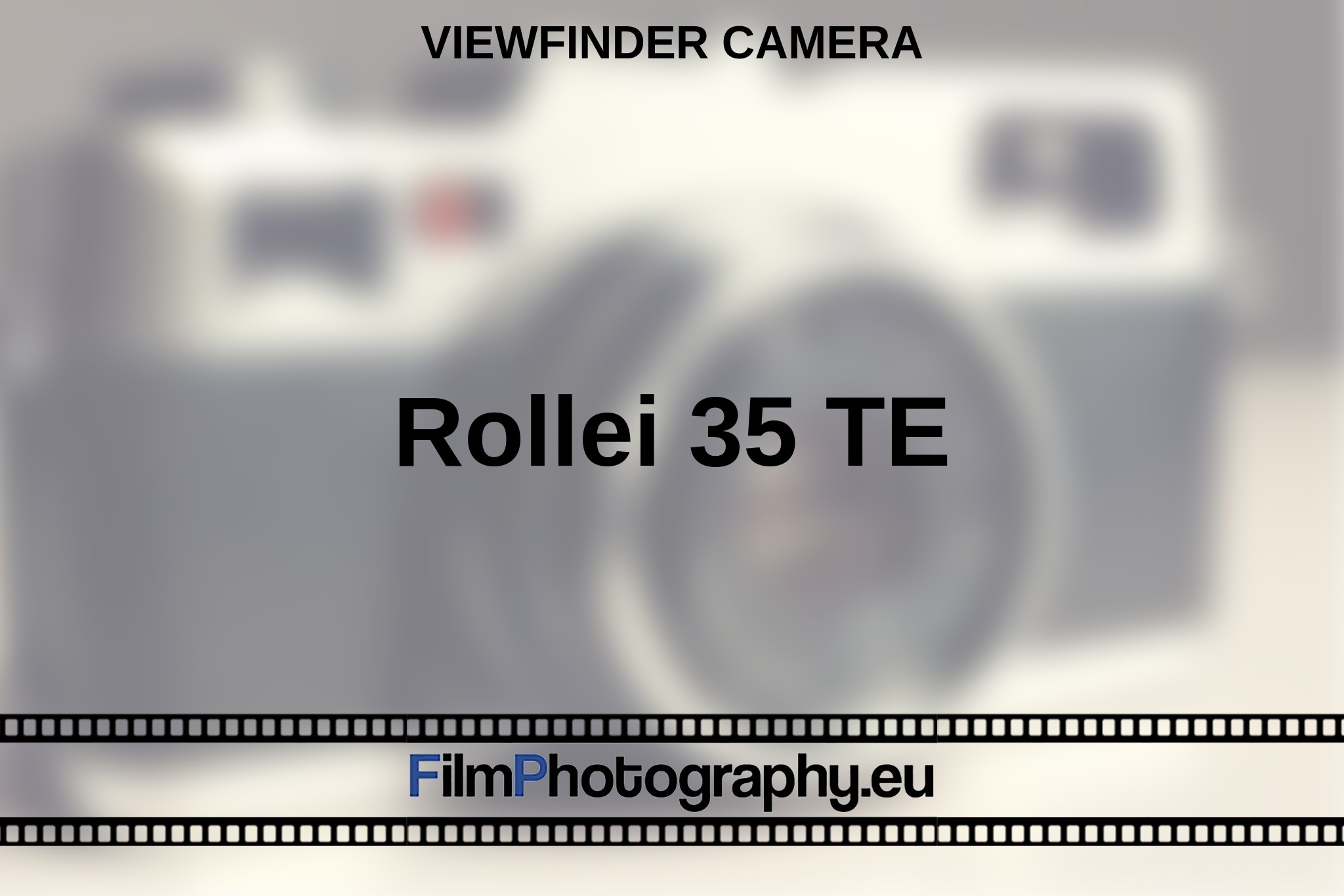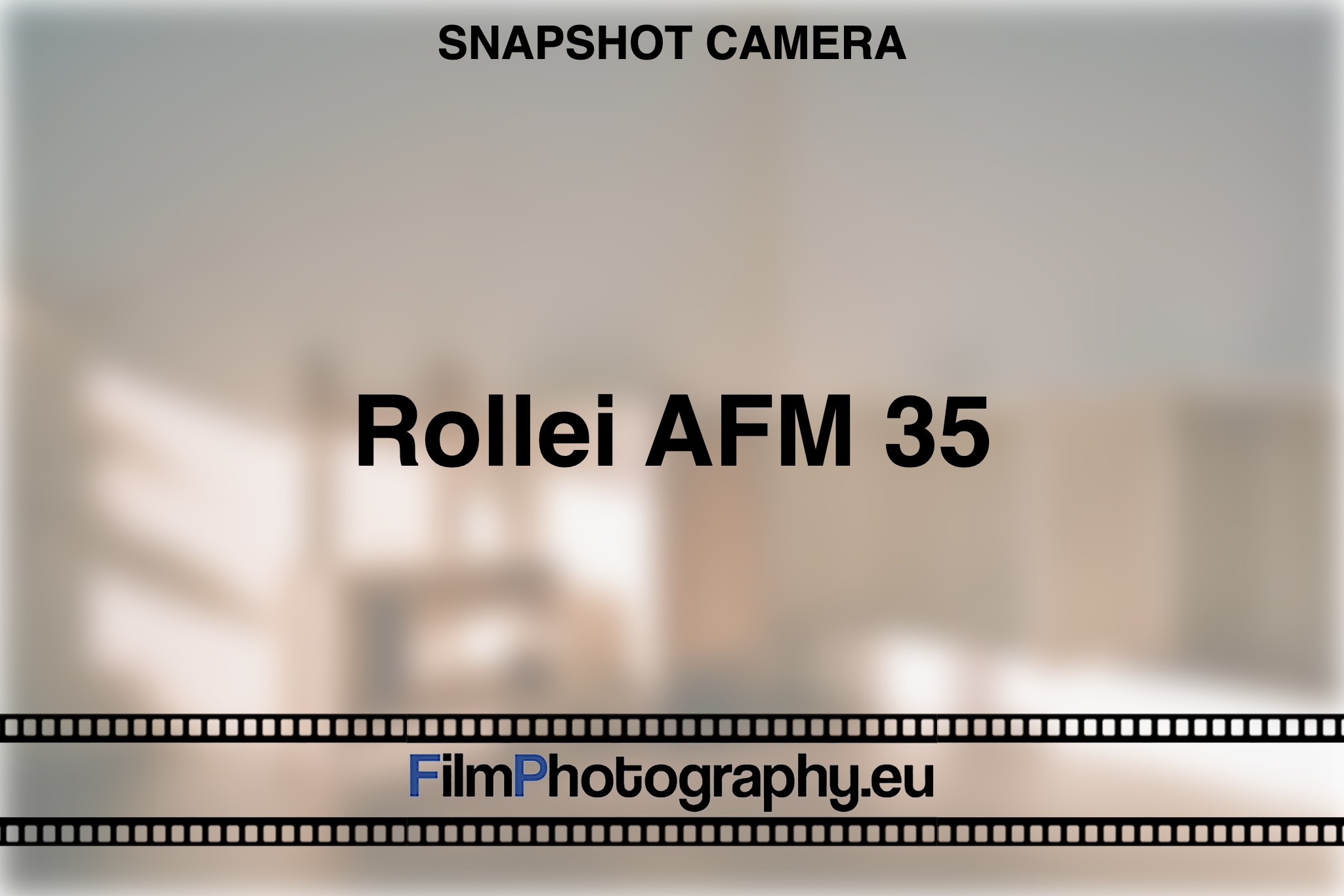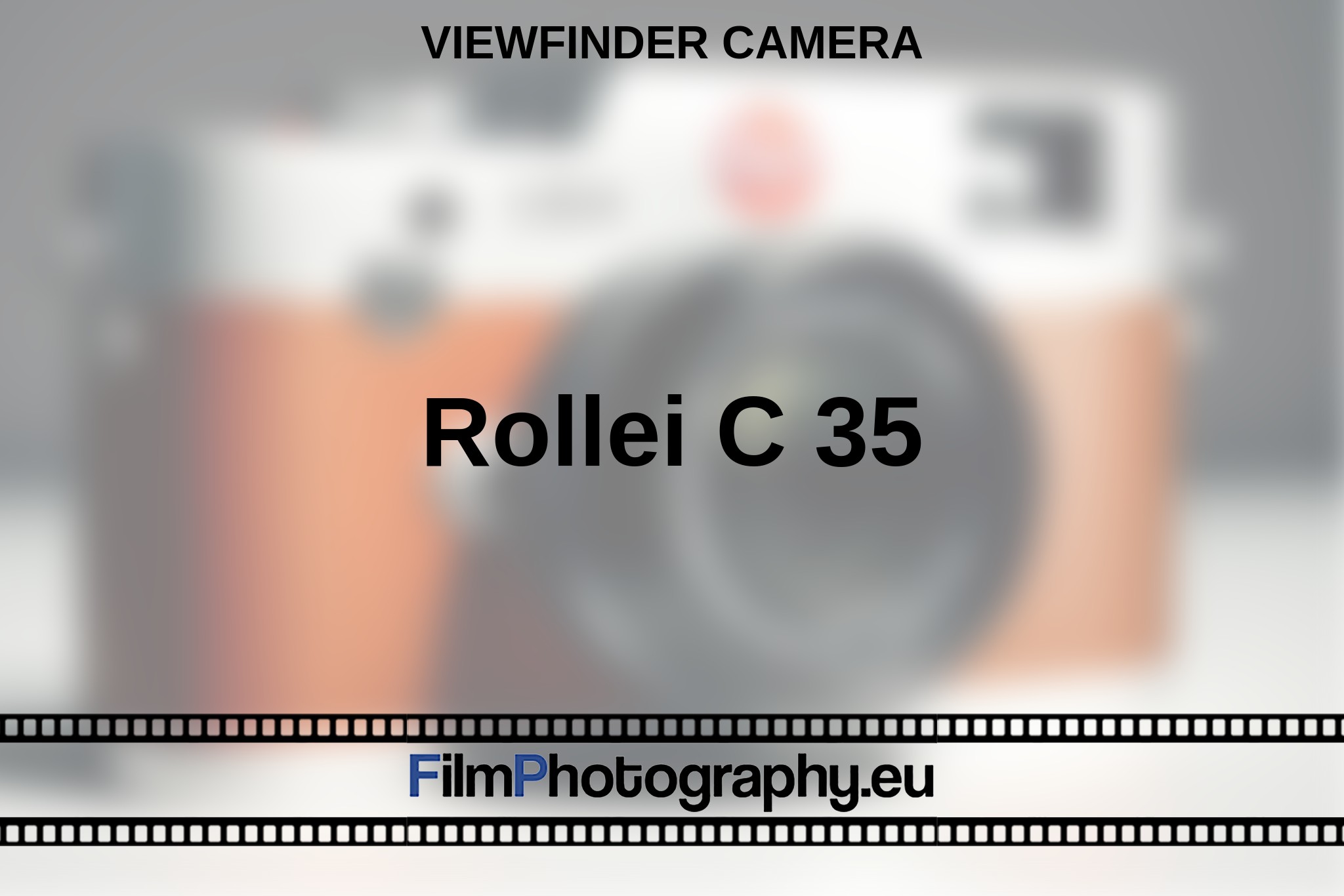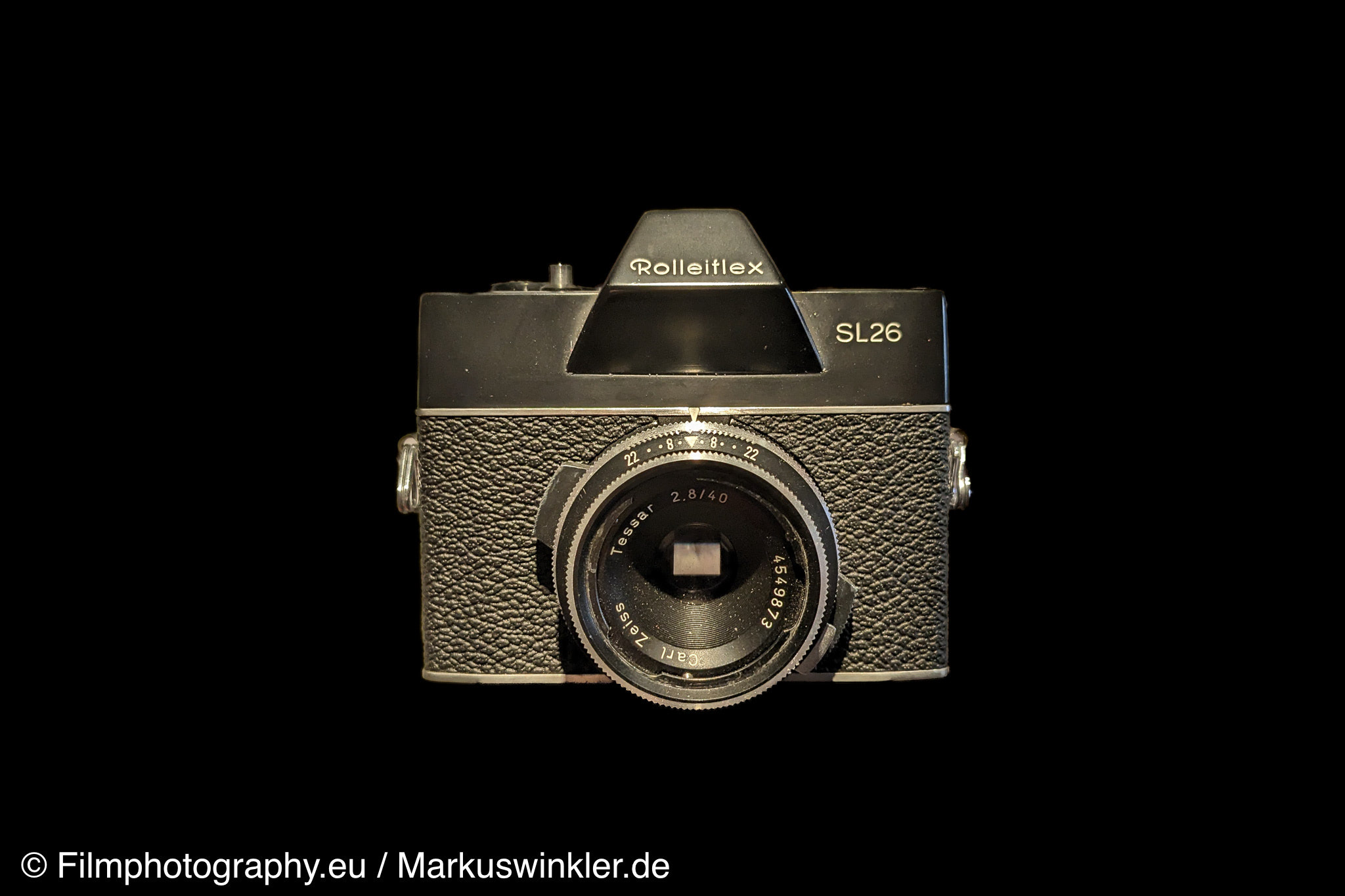The history of Rollei is an exemplary narrative in the timeline of photographic technology, as it is characterized by innovation, high quality, and remarkable resilience. Rollei, originally named Franke & Heidecke, rose from a small company in Brunswick, Germany, to a globally recognized giant in the camera manufacturing industry, particularly renowned for their Twin Lens Reflex (TLR) cameras.
A Humble Beginning (1920-1928)
In the embryonic stage of the company, founders Paul Franke and Reinhold Heidecke harbored the ambition to produce pioneering photography equipment. They commenced operations in Brunswick in 1920, initially working on camera prototypes equipped with Goerz lenses. By 1921, they introduced their inaugural creation, the Heidoscop, a stereo camera infused with Tessar lenses designed primarily by Heidecke. As a consequence of continuous innovations and improvements, the Rolleidoscop, a reimagined version of Heidoscop, came into existence in 1926. This innovation marked the inception of the iconic Rollei brand name.
The Birth of Rolleiflex and Rapid Expansion (1929-1938)
The year 1929 witnessed a significant milestone in Rollei’s history with the launch of the Original Rolleiflex, a twin-lens reflex camera that quickly garnered widespread acclaim. Faced with a surge in demand and production constraints, the company expanded its manufacturing capacity in 1930. This period saw a series of new and improved models, including the Baby Rolleiflex and the Rolleicord, a cost-effective alternative to the flagship Rolleiflex. By 1937, the Rolleiflex Automat secured a Grand Prix at the Paris World Fair, solidifying the brand’s esteemed reputation in the market.
War Impact and Post-War Reconstruction (1939-1949)
During the Second World War, the company faced a hiatus in innovation due to the destructive impacts of the war. Nevertheless, with the war’s conclusion in 1945, the firm initiated the rebuilding process. In spite of material shortages, by 1949, new production lines were prepared, paving the way for a renewed thrust in innovation in the 1950s.
The Golden Age: Technological Innovations and Market Dominance (1950-1969)
The 1950s marked the Golden Age of Rollei, with the introduction of a series of groundbreaking products. The Rolleicord III, featuring advanced lenses and shutters, hit the markets in 1950. In the subsequent years, Rollei consistently introduced a range of accessories, under-water housing options, and built-in exposure meters, demonstrating its commitment to innovation. The decade also witnessed the unfortunate demise of founder Paul Franke in 1950, but the company’s momentum continued under the stewardship of his son, Horst Franke.
In the 1960s, the company continued its impressive trajectory with several new launches, including the Rollei Magic, the Wide-Angle Rolleiflex, and the Rolleiflex SL 66, Rollei’s first single-lens roll film reflex camera. In a significant corporate development, the company altered its name to Rollei-Werke Franke & Heidecke in 1962, reflecting its evolving identity and market positioning.
Diversification and Digital Transition (1970-2000)
As the 1970s rolled in, Rollei embraced diversification, introducing its first 35mm SLR camera, the Rolleiflex SL35, in 1970. The company also expanded its operations with new manufacturing facilities. In 1972, it absorbed the Voigtländer brand, following the collapse of Zeiss Ikon. The next couple of decades saw Rollei navigating the transition to the digital age with the introduction of digital back accessories, digital cameras, and other digital imaging systems. Rollei celebrated its 80th anniversary in 2000, a testament to its enduring legacy in the photography industry.
Challenges and Rebirth (2001-2015)
Despite its formidable history, the new millennium brought challenges for Rollei. In 2009, the company declared insolvency, unable to sustain operations. However, a beacon of hope emerged in 2010 when DHW Fototechnik revived the production of several Rolleiflex models. This period saw a whirlwind of corporate changes, including a change of ownership and restructuring. Unfortunately, DHW Fototechnik filed for insolvency in 2014. The following year, RCP, the holder of the Rollei brand rights, renamed itself to Rollei GmbH & Co. KG, signaling a fresh start for the iconic brand.
